The 2017 men’s tennis season will be remembered as the year Rafael Nadal and Roger Federer, arguably two of the greatest players in the sport, defied Father Time and their aging bodies. After missing large chunks of the 2016 season, the duo came back roaring in 2017 to add another incredible chapter to their historic careers and their fabled rivalry. Here’s a look back at the defining moments from the last 12 months of the ATP Tour. Rafael Nadal hits perfect 10 After a painful and injury-ridden 2016 season, Nadal came roaring back in 2017 to record one of the best seasons of his career. With six titles, including two Grand Slams, and a winning percentage of 86, the Spaniard reclaimed the World No 1 ranking after a gap of three years. In the first quarter of the season, Nadal reached three finals — Australian Open, Acapulco and Miami — but ended up on the losing end, twice to Federer. But it was over the clay-court season that he truly announced that he was back to his best with near invincible tennis. Nadal became the first man in the Open era to win a single tournament 10 times by lifting the Monte-Carlo trophy. He repeated the feat at Barcelona, before adding a fifth Madrid Open title to his haul. After failing to clinch a Grand Slam title in 2015 and 2016, the King of Clay completed La Decima in 2017 — winning an elusive 10th Roland Garros title. Not only did Nadal create history with the perfect 10, he did so in an utterly dominant fashion, routing every opponent that he faced and dropping just 35 games over the course of seven matches. [caption id=“attachment_4272753” align=“alignnone” width=“825”] Rafael Nadal celebrates with the Roland Garros trophy after winning the French Open final against Stan Wawrinka. Reuters[/caption] If Nadal’s clay season surpassed all superlatives, it was his US Open campaign that defied expectations. The Spaniard hadn’t made it into the second week of the tournament since winning it in 2013, and had often struggled physically at Flushing Meadows in the past. This time around, he romped to his 16th Major title by winning the US Open for a third time. Nadal capped off an astonishing year by capturing the China Open for his sixth title of 2017. Though he struggled with a knee injury towards the end, he did enough to end the year atop the ATP rankings, and at 31, became the oldest male player to finish as year-end No 1. Roger Federer stages the father of all comebacks When Federer made his emotional yet dorky, bongo-playing return to tennis after a six-month hiatus at the Hopman Cup, few could have predicted how the next 11 months would pan out for him. At World No 16, Federer entered the Australian Open with his lowest ranking in 15 years. He then went on to beat four top-10 ranked players — Tomas Berdych, Kei Nishikori, Stan Wawrinka and Rafael Nadal — to win his 17th Grand Slam title, and his first since 2012 Wimbledon. [caption id=“attachment_4272755” align=“alignnone” width=“825”]
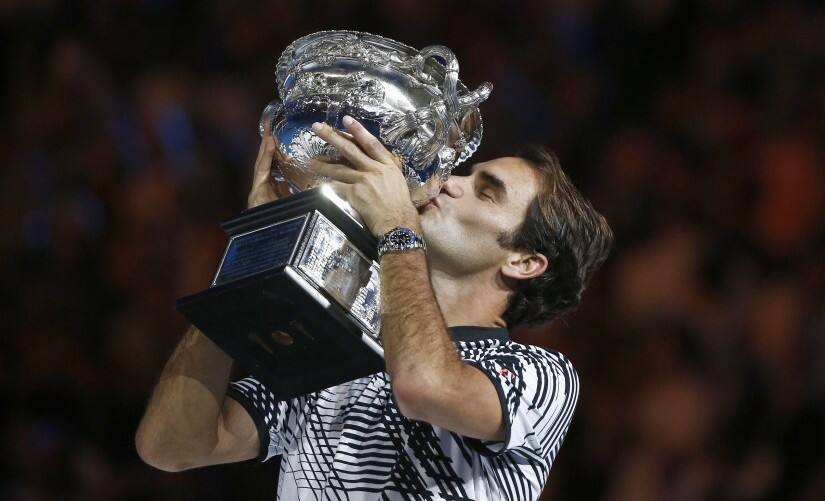 Roger Federer kisses the Australian Open trophy after winning the mens singles final match against Rafael Nadal. Reuters[/caption] He continued his breathtaking comeback at Indian Wells and Miami, adding the Sunshine Double for his 90th and 91st career titles. The Swiss ace, who had undergone knee surgery in 2016, then skipped the entire clay season to avoid any gruelling battles and be in top shape for the grass season. After an early loss at Stuttgart, Federer won at Halle for a record ninth time in his career. He cruised through the two weeks at Wimbledon, and lifted his 8th Wimbledon title — his 19th Grand Slam title overall. He also became only the second male player in the Open Era to win the Championships without dropping a set, after Bjorn Borg in 1976. In the second half of the season, Federer made the Montreal Masters final, but was hindered by a recurring back injury and lost to Alexander Zverev. He was knocked out of the US Open in the quarter-finals by a resurgent Juan Martin del Potro. Federer bounced back during the Asian swing and went on to beat Nadal for the fourth time in 2017 at Shanghai for his sixth title of the season. He brought up title number seven at Basel and finished the year with a semi-final loss at the hands of David Goffin at the ATP Finals. Alexander Zverev’s rise, Grigor Dimitrov’s resurgence While Nadal and Federer grabbed all the headlines in 2017, two other players made their presence felt as well to justify the hype surrounding them. Twenty-year-old Zverev lived up to his billing as the next big star with a career-defining season. Zverev clinched his second career title at Montpellier in February but his big breakthrough came at the Rome Masters in May, where he handily defeated Novak Djokovic in the final to become the the first player born in the 1990s to win a Masters 1000 title. [caption id=“attachment_4272757” align=“alignnone” width=“825”]
Roger Federer kisses the Australian Open trophy after winning the mens singles final match against Rafael Nadal. Reuters[/caption] He continued his breathtaking comeback at Indian Wells and Miami, adding the Sunshine Double for his 90th and 91st career titles. The Swiss ace, who had undergone knee surgery in 2016, then skipped the entire clay season to avoid any gruelling battles and be in top shape for the grass season. After an early loss at Stuttgart, Federer won at Halle for a record ninth time in his career. He cruised through the two weeks at Wimbledon, and lifted his 8th Wimbledon title — his 19th Grand Slam title overall. He also became only the second male player in the Open Era to win the Championships without dropping a set, after Bjorn Borg in 1976. In the second half of the season, Federer made the Montreal Masters final, but was hindered by a recurring back injury and lost to Alexander Zverev. He was knocked out of the US Open in the quarter-finals by a resurgent Juan Martin del Potro. Federer bounced back during the Asian swing and went on to beat Nadal for the fourth time in 2017 at Shanghai for his sixth title of the season. He brought up title number seven at Basel and finished the year with a semi-final loss at the hands of David Goffin at the ATP Finals. Alexander Zverev’s rise, Grigor Dimitrov’s resurgence While Nadal and Federer grabbed all the headlines in 2017, two other players made their presence felt as well to justify the hype surrounding them. Twenty-year-old Zverev lived up to his billing as the next big star with a career-defining season. Zverev clinched his second career title at Montpellier in February but his big breakthrough came at the Rome Masters in May, where he handily defeated Novak Djokovic in the final to become the the first player born in the 1990s to win a Masters 1000 title. [caption id=“attachment_4272757” align=“alignnone” width=“825”]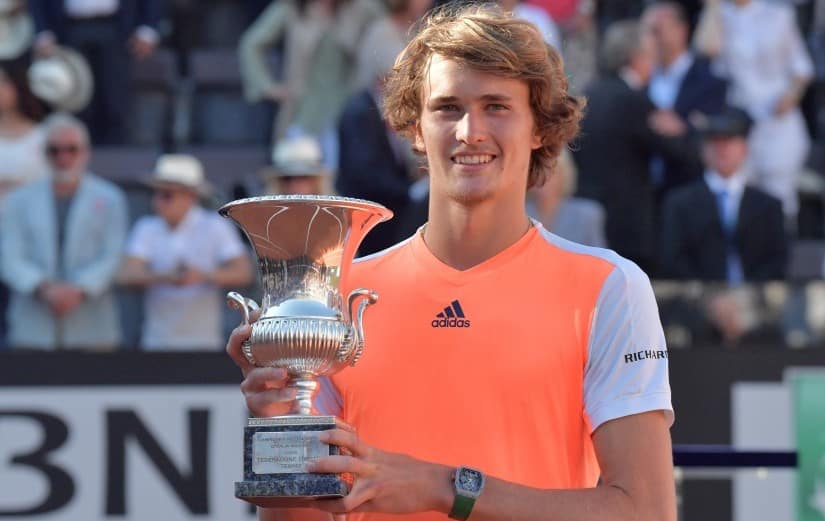 Alexander Zverev poses with the trophy after winning the Rome Masters final against Novak Djokovic. AFP[/caption] The young German followed that up with an impressive showing over the North American hardcourt season, winning Washington and Montreal. He rose to a career-high ranking of World No 3 in November and qualified for his maiden ATP Finals. Despite all the highs, Zverev had an inconsistent 2017 as he failed to do much at the Grand Slams. His best performance was a last-16 appearance at Wimbledon and concerns still linger over his stamina in best-of-five matches. Bulgaria Dimitrov was once heralded as Federer’s heir to the throne after his splendid early years – in 2014, he broke into the top-10 after three titles and a maiden Major semi-final appearance. But his second Major semi-final only came after a gap of two and a half years. In 2017, the 26-year-old finally showed that he belongs at the top of the men’s game with the four titles — Brisbane, where he beat four top-10 players; Sofia, his hometown event; Cincinnati, where he did not drop a single set to lift his first Masters 1000 title; and ATP Finals, where he became the first player outside of the Big Four since Nikolay Davydenko in 2009 to capture the year-ending championship. Missing in action Amongst all the revivals, the 2017 men’s tennis season was also hampered by plenty of injuries. At the start of the year, Andy Murray and Novak Djokvoic led the rankings; they ended the season at 16 and 12 respectively. A hip injury and fatigue forced Murray to sit out the second half of the season while Djokovic was sidelined due to a bruised elbow. Stan Wawrinka, Milos Raonic, Kei Nishikori and Nick Kyrgios were other top-20 players who were missing in the closing months of the season. The increasing number of high-profile retirements and withdrawals could lead to calendar changes in the future, but for now the ATP views the 2017 season as an anomaly and not the norm. Tennis experiments with change Two new tournaments — Laver Cup and the Next Gen ATP Finals — gave a glimpse of new innovations that tennis could adopt in the near future. The sport has been notoriously resistant to change but the success of both these events suggests that tennis could evolve with time. The Laver Cup is attempting to be tennis’ equivalent of the Ryder Cup — top players from all over the world featuring in a rare team event, with Team Europe taking on Team World. An interesting aspect of the Laver Cup was the scoring — there were six players on each team and they played 12 matches over three days (nine singles and three doubles). The number of points awarded for victories increased each day — a win on Friday received one point, but a Saturday win was worth two points and a Sunday win worth three. All matches were played as best-of-three, with a 10-point tiebreaker deciding the third set. [caption id=“attachment_4272761” align=“alignnone” width=“825”]
Alexander Zverev poses with the trophy after winning the Rome Masters final against Novak Djokovic. AFP[/caption] The young German followed that up with an impressive showing over the North American hardcourt season, winning Washington and Montreal. He rose to a career-high ranking of World No 3 in November and qualified for his maiden ATP Finals. Despite all the highs, Zverev had an inconsistent 2017 as he failed to do much at the Grand Slams. His best performance was a last-16 appearance at Wimbledon and concerns still linger over his stamina in best-of-five matches. Bulgaria Dimitrov was once heralded as Federer’s heir to the throne after his splendid early years – in 2014, he broke into the top-10 after three titles and a maiden Major semi-final appearance. But his second Major semi-final only came after a gap of two and a half years. In 2017, the 26-year-old finally showed that he belongs at the top of the men’s game with the four titles — Brisbane, where he beat four top-10 players; Sofia, his hometown event; Cincinnati, where he did not drop a single set to lift his first Masters 1000 title; and ATP Finals, where he became the first player outside of the Big Four since Nikolay Davydenko in 2009 to capture the year-ending championship. Missing in action Amongst all the revivals, the 2017 men’s tennis season was also hampered by plenty of injuries. At the start of the year, Andy Murray and Novak Djokvoic led the rankings; they ended the season at 16 and 12 respectively. A hip injury and fatigue forced Murray to sit out the second half of the season while Djokovic was sidelined due to a bruised elbow. Stan Wawrinka, Milos Raonic, Kei Nishikori and Nick Kyrgios were other top-20 players who were missing in the closing months of the season. The increasing number of high-profile retirements and withdrawals could lead to calendar changes in the future, but for now the ATP views the 2017 season as an anomaly and not the norm. Tennis experiments with change Two new tournaments — Laver Cup and the Next Gen ATP Finals — gave a glimpse of new innovations that tennis could adopt in the near future. The sport has been notoriously resistant to change but the success of both these events suggests that tennis could evolve with time. The Laver Cup is attempting to be tennis’ equivalent of the Ryder Cup — top players from all over the world featuring in a rare team event, with Team Europe taking on Team World. An interesting aspect of the Laver Cup was the scoring — there were six players on each team and they played 12 matches over three days (nine singles and three doubles). The number of points awarded for victories increased each day — a win on Friday received one point, but a Saturday win was worth two points and a Sunday win worth three. All matches were played as best-of-three, with a 10-point tiebreaker deciding the third set. [caption id=“attachment_4272761” align=“alignnone” width=“825”] Rafael Nadal and Roger Federer of Team Europe celebrate after winning their doubles match at the inaugural Laver Cup. Reuters[/caption] Laver Cup made its debut in Prague on black tennis courts, with Team Europe winning the first title. While Federer and Nadal playing on the same side of the net was the standout attraction for tennis fans all over the world, the camaraderie that the top players shared as a team could become this tournament’s legacy. The Next Gen Finals in Milan were introduced by the ATP as a platform for rising stars of the game. Featuring eight players aged under 21, the tournament experimented with a host of rule changes in a bid to widen the sport’s appeal. The matches followed the best-of-five format, but each set was up to four games with a tie-break at 3-3. Other changes included sudden-death deuce points, on-court shot clocks to enforce the 25-second service rule, no ‘lets’ on serve and electronic line calls. Players were also allowed to communicate with their coaches at the end of each set via headsets, while fans could move freely around the stadium during play rather than having to wait until change of ends to enter the stands. Some of these innovations came across as gimmicky and too disruptive, but some of the new rules could soon find their way on to the tour. Australian Open qualifying will make use of the 25-second shot-clock in 2018, as tennis attempts to cater to the increasingly reduced attention span of the next generation of fans.
Rafael Nadal and Roger Federer of Team Europe celebrate after winning their doubles match at the inaugural Laver Cup. Reuters[/caption] Laver Cup made its debut in Prague on black tennis courts, with Team Europe winning the first title. While Federer and Nadal playing on the same side of the net was the standout attraction for tennis fans all over the world, the camaraderie that the top players shared as a team could become this tournament’s legacy. The Next Gen Finals in Milan were introduced by the ATP as a platform for rising stars of the game. Featuring eight players aged under 21, the tournament experimented with a host of rule changes in a bid to widen the sport’s appeal. The matches followed the best-of-five format, but each set was up to four games with a tie-break at 3-3. Other changes included sudden-death deuce points, on-court shot clocks to enforce the 25-second service rule, no ‘lets’ on serve and electronic line calls. Players were also allowed to communicate with their coaches at the end of each set via headsets, while fans could move freely around the stadium during play rather than having to wait until change of ends to enter the stands. Some of these innovations came across as gimmicky and too disruptive, but some of the new rules could soon find their way on to the tour. Australian Open qualifying will make use of the 25-second shot-clock in 2018, as tennis attempts to cater to the increasingly reduced attention span of the next generation of fans.
While Rafael Nadal and Roger Federer came back roaring in 2017 to add another incredible chapter to their historic careers, here’s a look at the defining moments from the last 12 months of men’s tennis.
Advertisement
End of Article


)
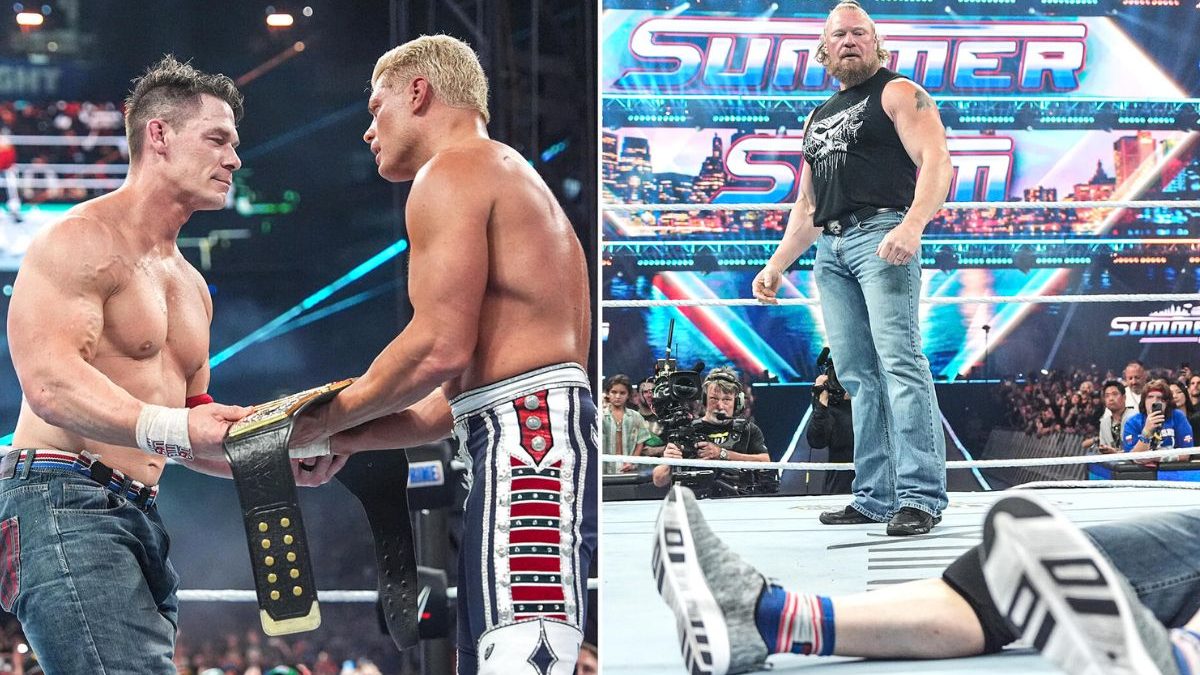
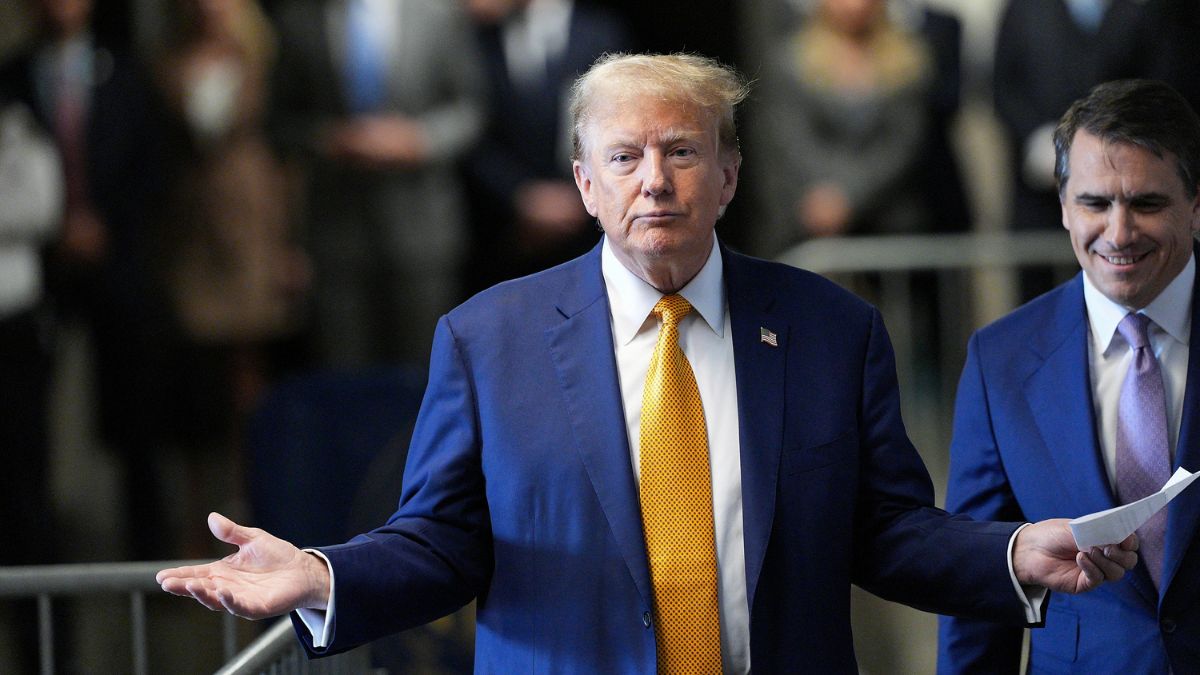)
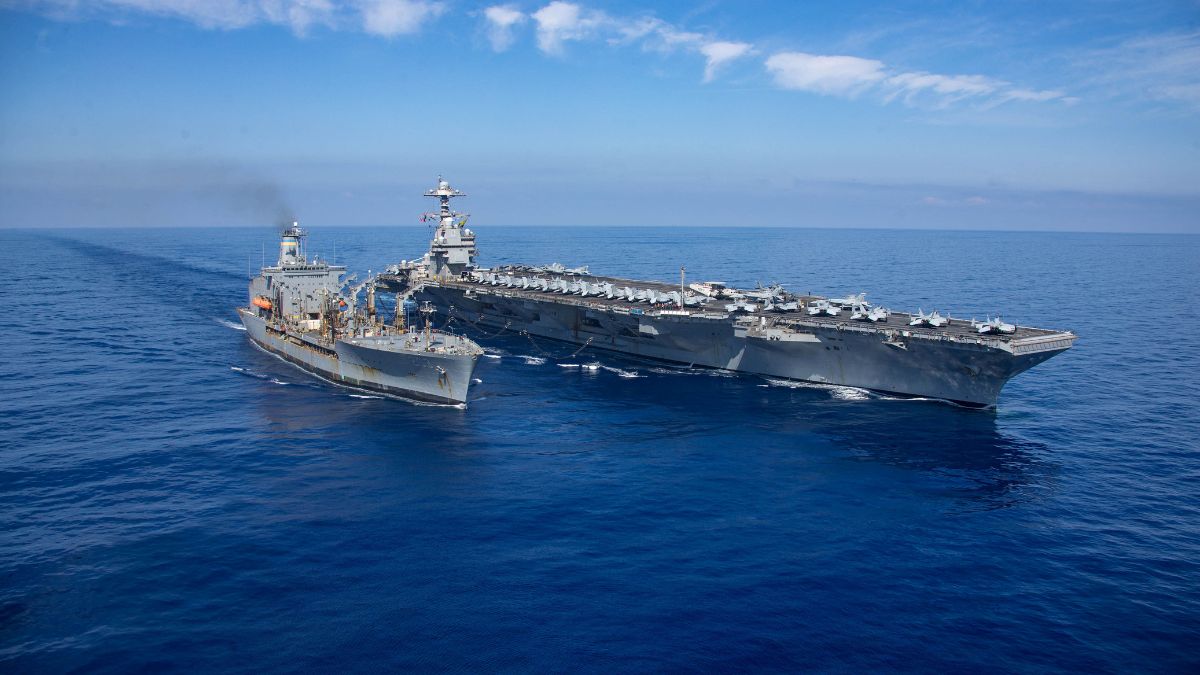)
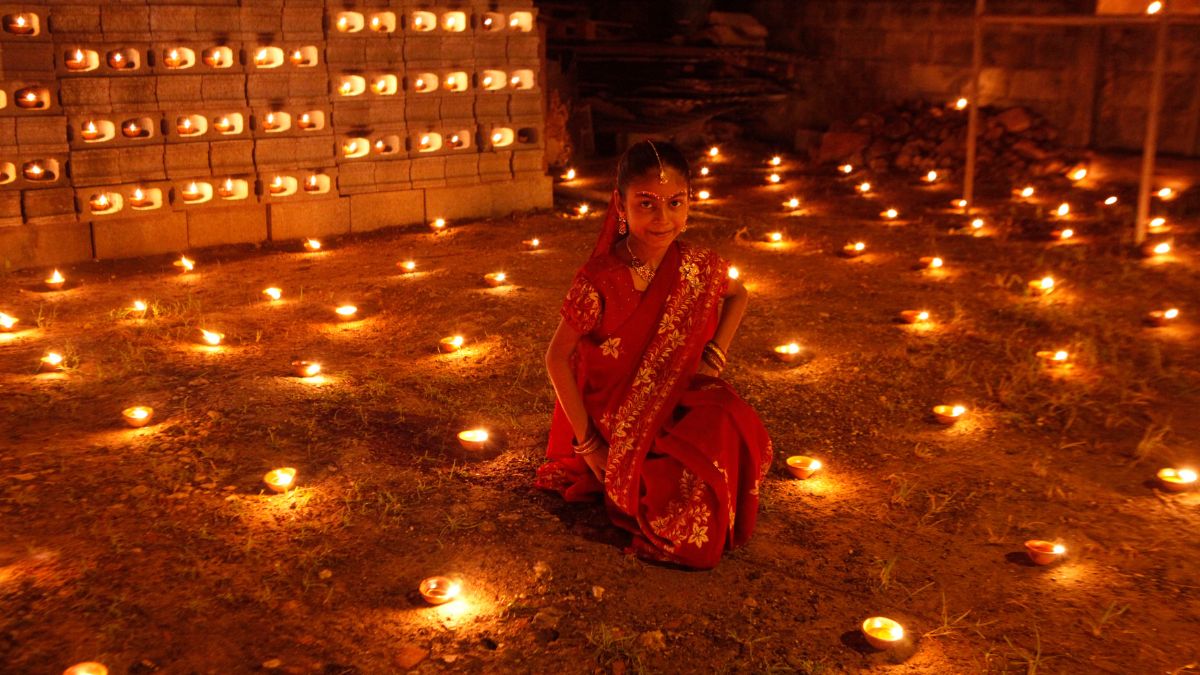)
)
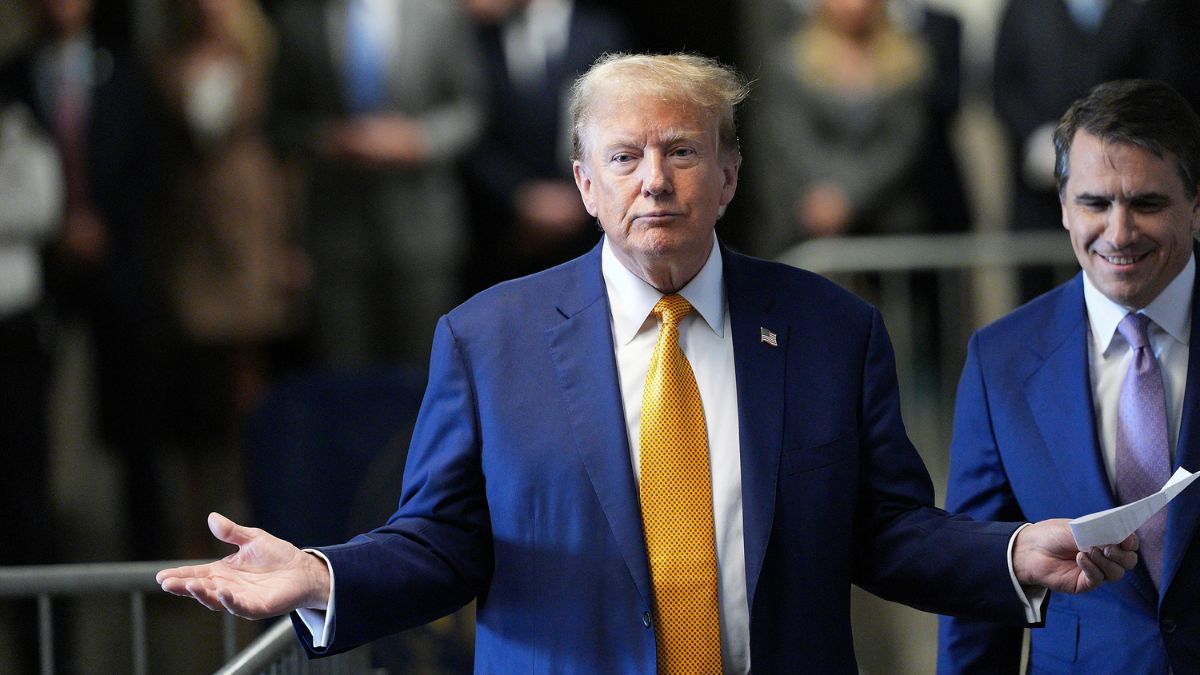)
)
)
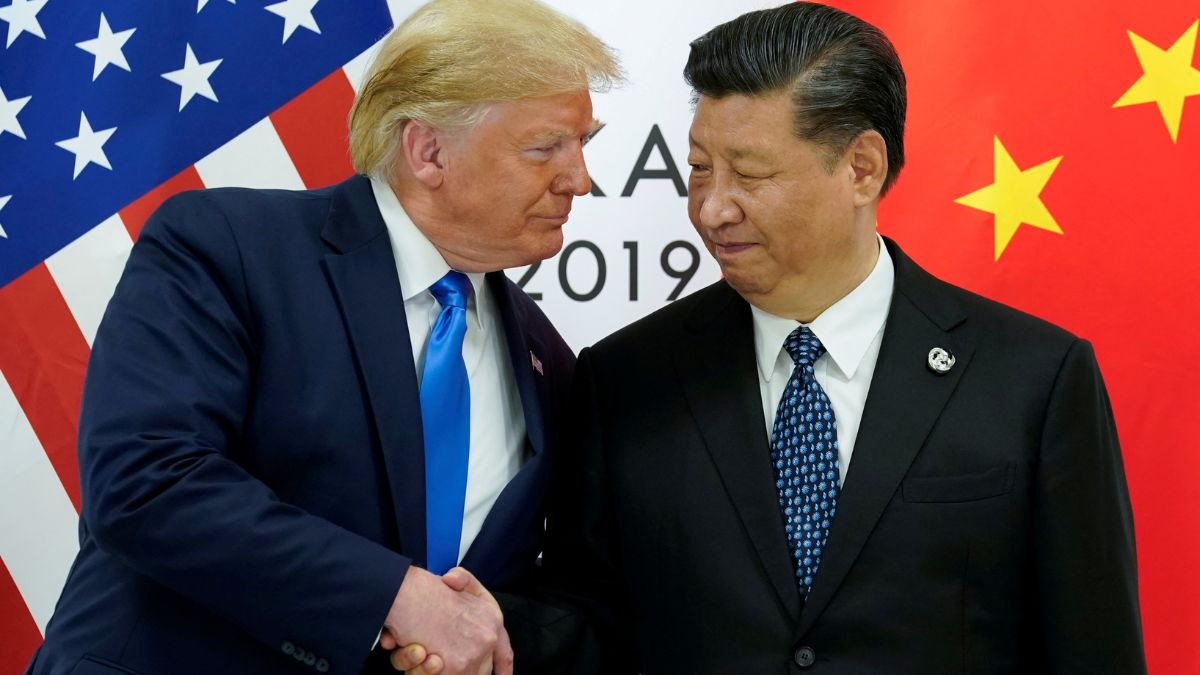)



